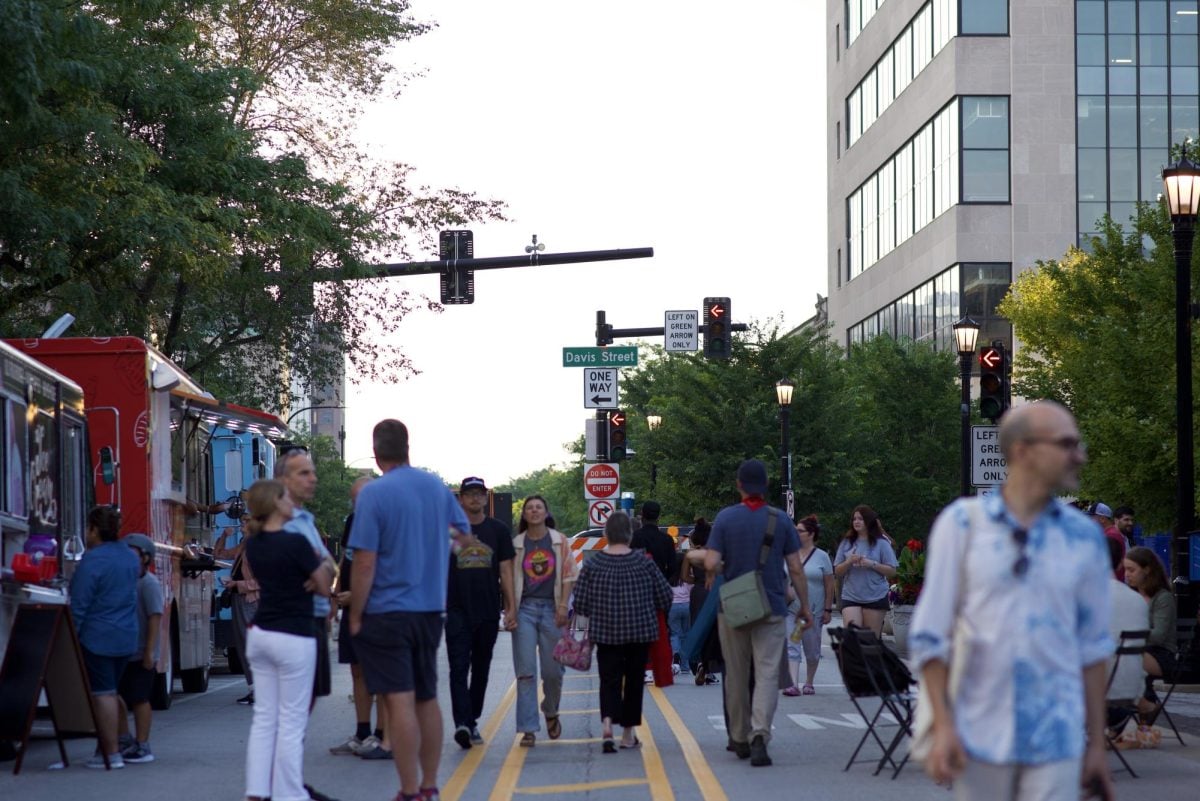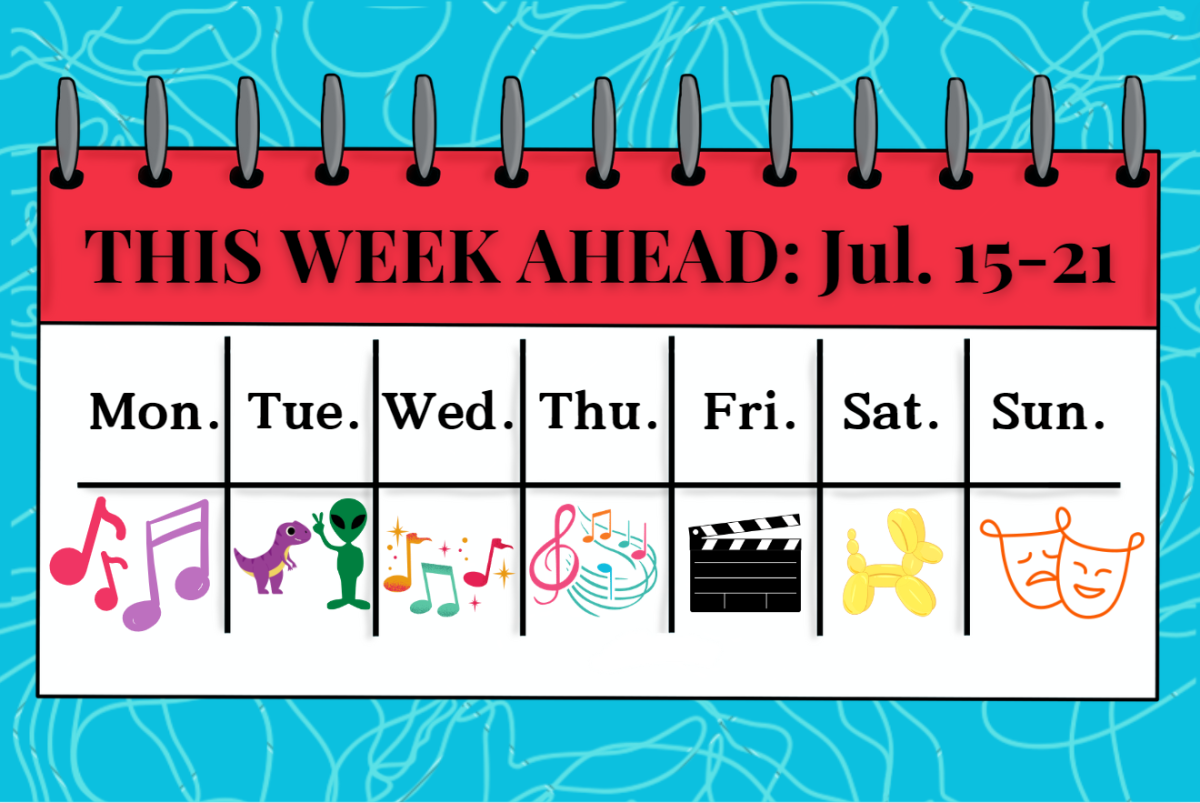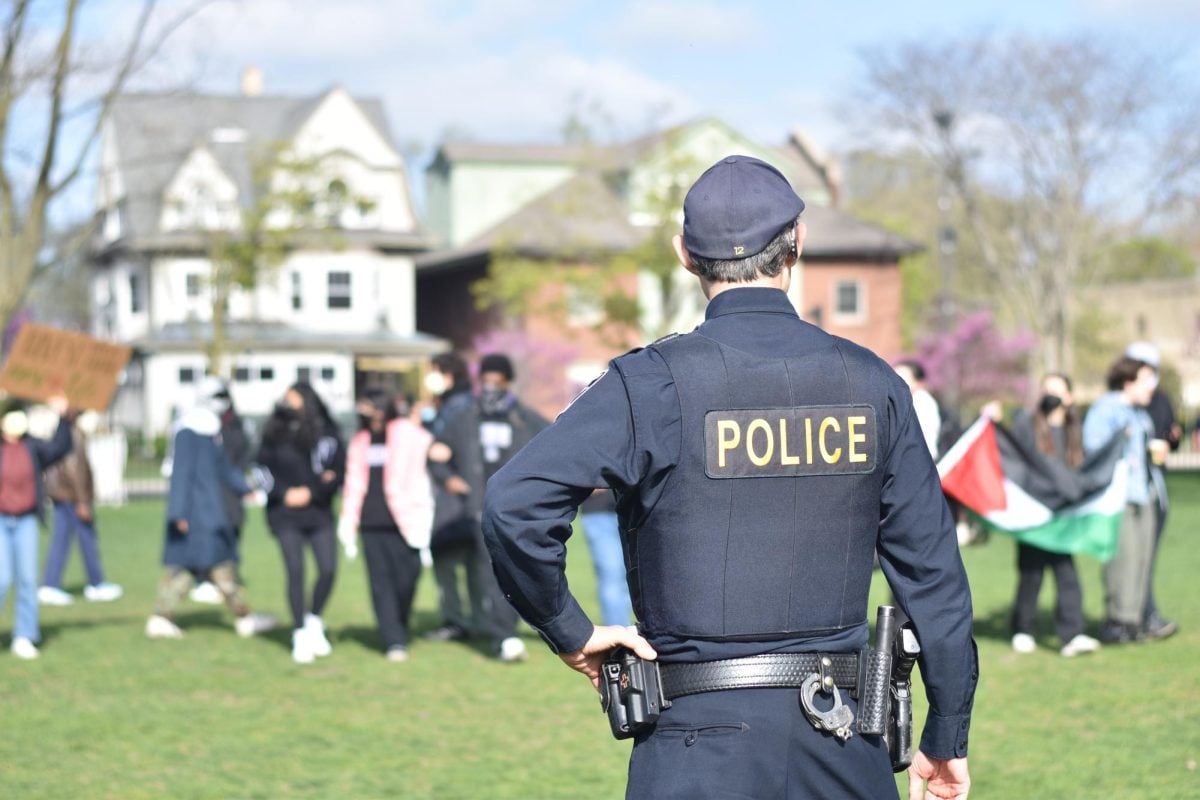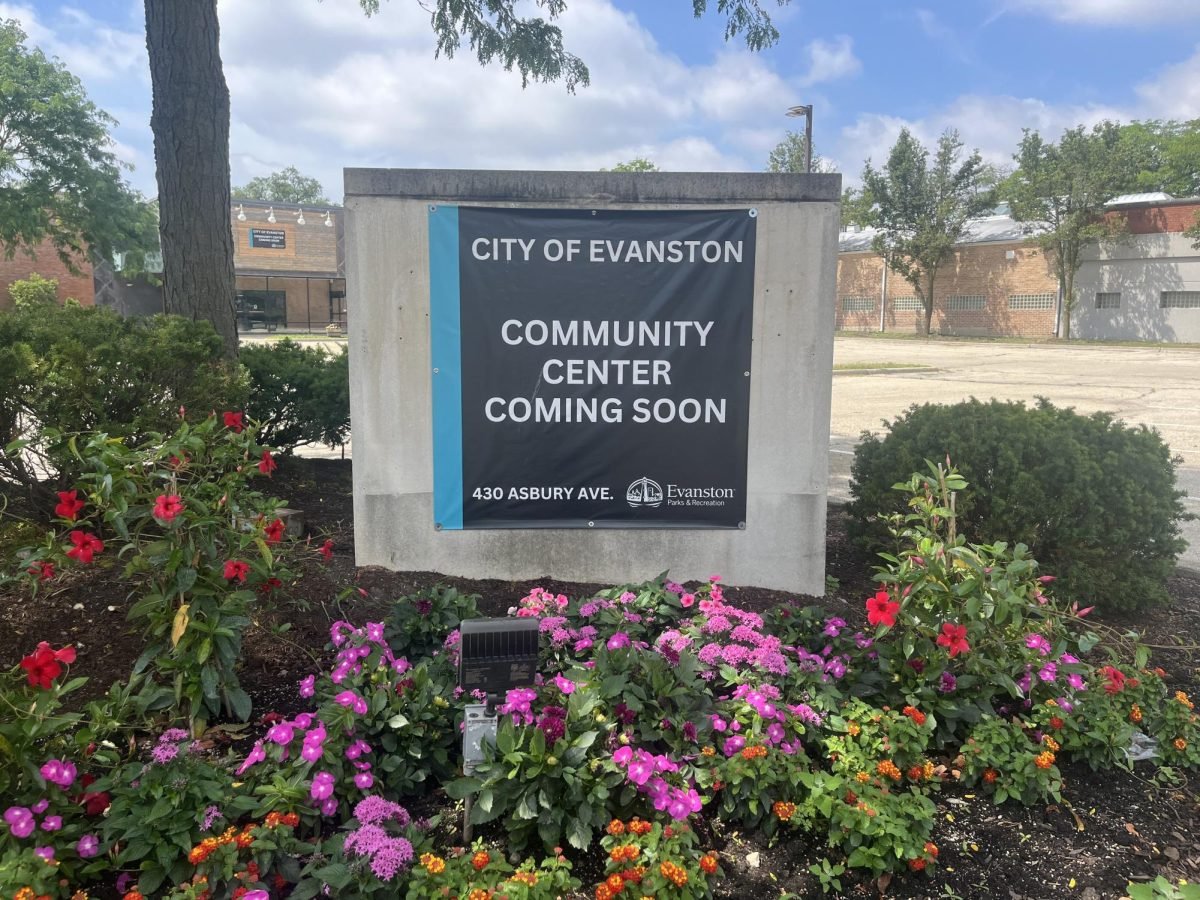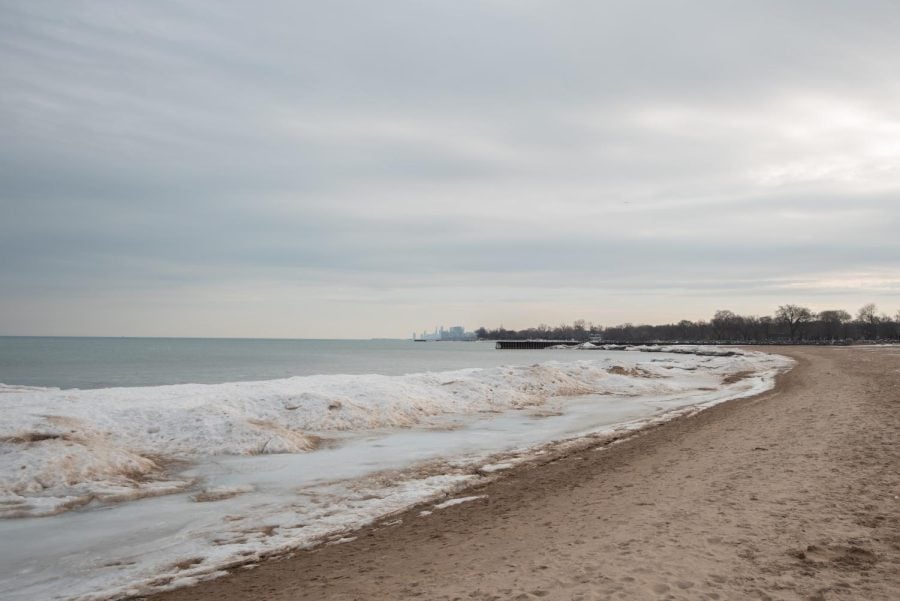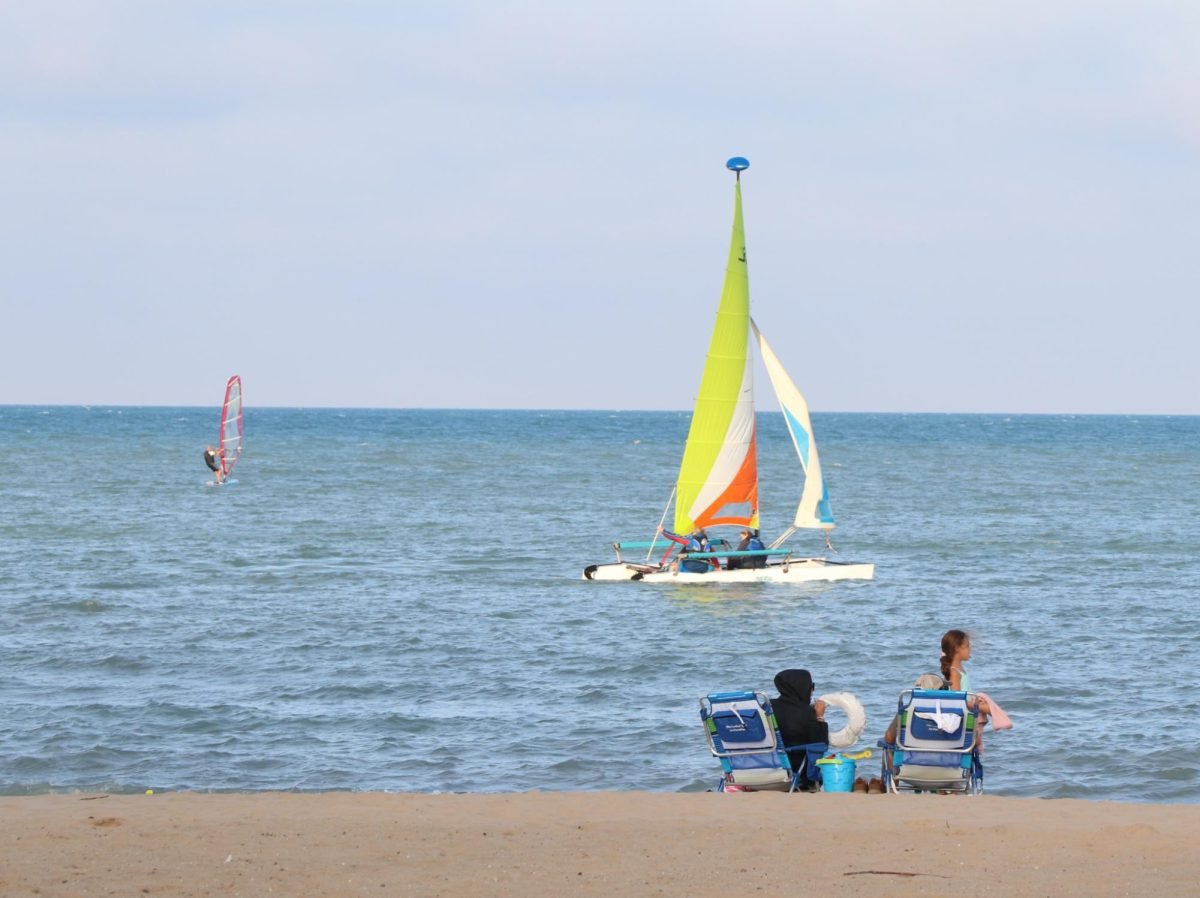On Sundays, Pace buses on Dempster Street arrive at each stop every 15 minutes — up from every 30 minutes. While waiting at the Davis bus station, Evanston resident Richard Kuntz said he couldn’t be happier about the schedule change.
“It’s a huge improvement,” he said. “Because of the schedule, you don’t have to wait around, particularly when it gets colder.”
Next week, the bus network will expand its rapid Pulse Dempster Line to include daily service. The Pulse Dempster service, which runs from O’Hare International Airport to downtown Evanston, offers limited stops, heated bus shelters, more frequent buses and signal priority, among other improvements. Pace has piloted the route on Sundays since August.
The long-anticipated project arrives amid sustained ridership impacts from the pandemic and a nationwide bus driver shortage. Yet, in September, Pace saw a 12% ridership increase on the Dempster Street corridor compared to Sundays last year, according to Pace’s Chief Communications Officer Maggie Daly Skogsbakken.
“It shows that when you have fast, frequent, reliable service, people are going to want to take it,” Skogsbakken said.
The Dempster route is modeled after the Pulse service along Milwaukee Avenue in Niles that opened in 2019.
Pulse Dempster serves as the limited-stop version of the local Route 250, which will continue on a reduced schedule. On a weekday, the Pulse service can take passengers from Davis station to O’Hare in about 50 minutes, whereas Route 250 takes more than an hour.
SESP freshman Camille Xu waited at the Davis station on Sunday with her family, who are visiting from North Carolina. They said the route will make getting from O’Hare to Northwestern even easier.
“Taking the bus from the airport to here, to me, it’s very convenient,” said Lin Xu, her father.
Skogsbakken said ridership, including non-fixed routes, sits at about 70% of 2019 levels. And, with federal pandemic relief funds set to expire in 2025, a fiscal cliff could also threaten operations.
Pace’s suburban network seems better positioned than urban peers like the CTA, said P.S. Sriraj, who leads the University of Illinois Chicago’s Urban Transportation Center. Ridership has recovered steadily, and Pace has a solid rider base of essential workers, he said.
“It’s a reflection of a whole group that has really seen Pace as their main mechanism for getting to and back from work, or any of their other mobility needs,” Sriraj said. “The base is going to stay. So it’s a question of how do you grow that base from that point on. Or more importantly, if that base will increase at all.”
The bus driver shortage, which has cut back service on some Pace routes, has broader causes. Sriraj said delivery services, which do not require commercial driver’s licenses or extensive training, may have siphoned drivers away from buses and trucks.
Skogsbakken said Pace’s current operations require 1,118 drivers — but they are currently operating with 911, a 19% deficit. Pace has upped incentives and expanded outreach as it seeks more drivers. It also offers license training and an average base pay of $25 an hour, Skogsbakken said.
“There is a financial barrier to getting (commercial driver’s licenses) and getting training,” she said. “We’ve eliminated that.”
When transit agencies chart a post-pandemic future, they must explore new programs to meet changing demands, Sriraj said.
This includes exploring microtransit options like ride-hailing, which Pace has piloted near O’Hare with its Pace Connect service, as well as other modes such as bikesharing and scooters.
“The transit agency can become this one-stop shop for meeting mobility needs,” Sriraj said. “That will be the future.”
Email: [email protected]
Twitter: @realShunGraves
Related Stories:
— How NU students can use the Chicago area transportation network
— University transportation options make Chicago commuting more accessible












